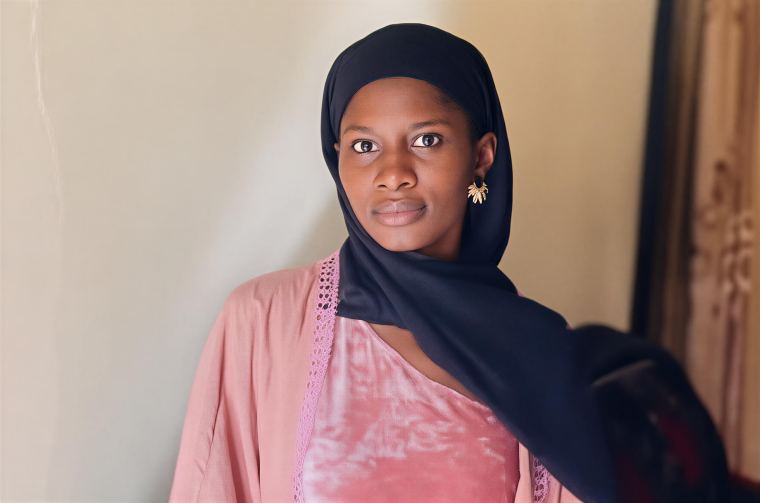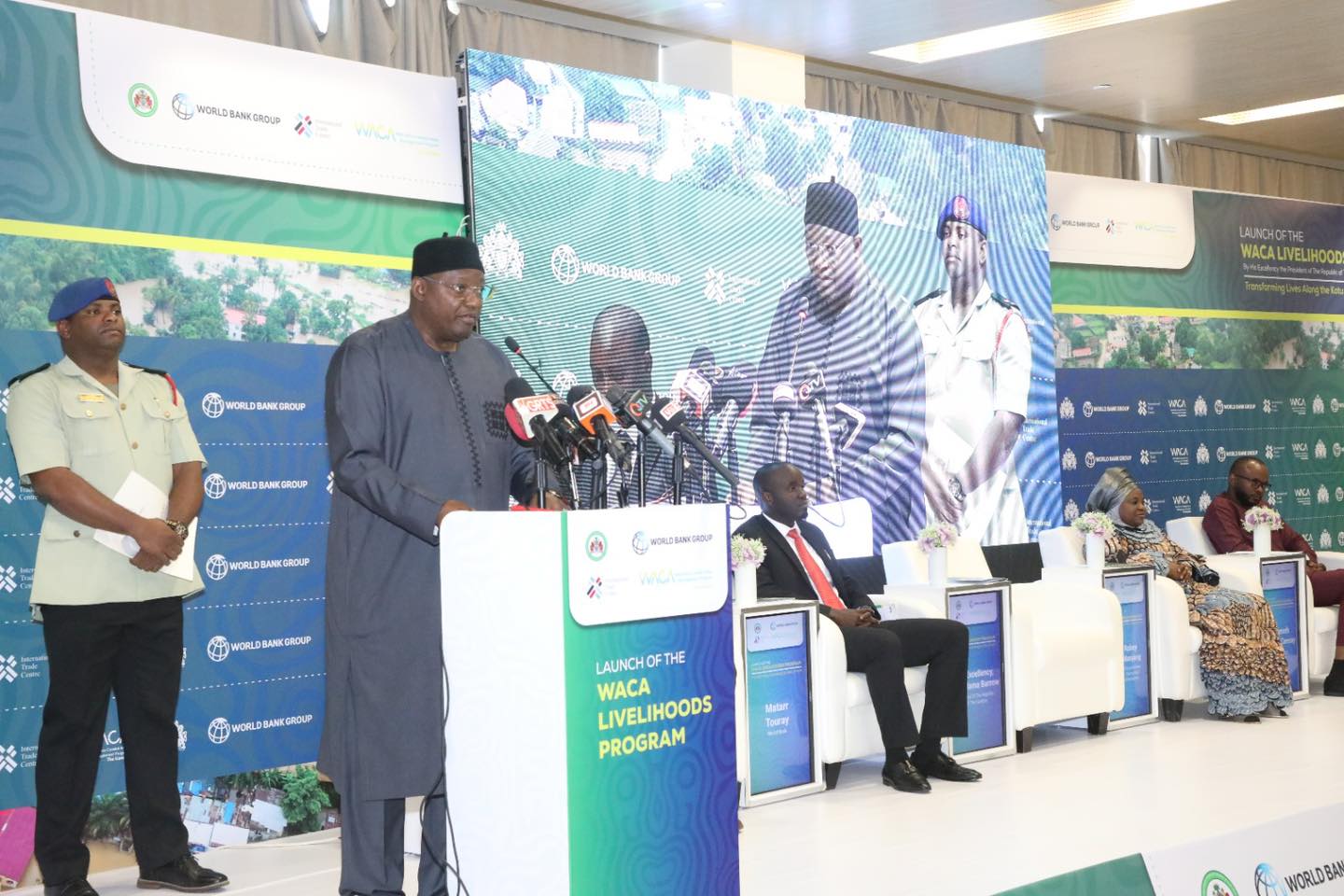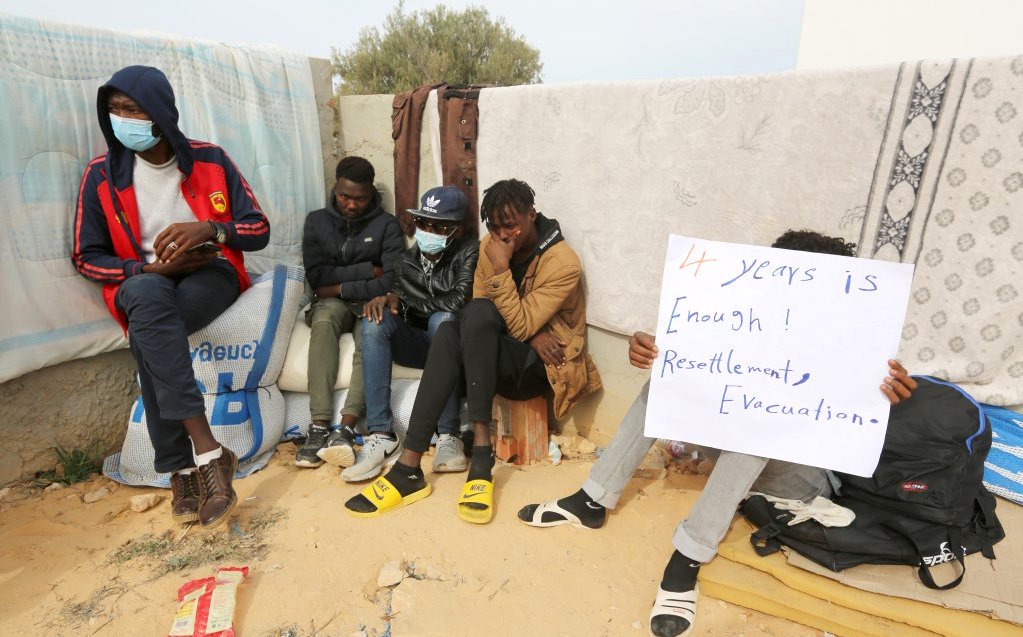Sub-Saharan migrants protested against long waiting periods and Libyan military treatment at the UNHCR office in Zarzis, holding banners demanding UN protection and urging Tunisian guards not to hand refugees to the Libyan military.
One of the protestors, a 16-year-old Gambian migrant called Ousman, reported the violent raids and inhumane treatment that the migrants had been enduring at the hands of Tunisian guards.
“The day before yesterday, there was a police raid. They attacked us, they arrested some of us, and they stole some of our belongings. Whether they stole them or not, we still don’t know where they are. They didn’t speak; they didn’t ask any questions; they just came and started catching people, and if you didn’t escape, they took your belongings,” he said. Ousman also emphasized that he did not want to be sent to Libya, saying, “When the police attack and arrest you, they will hand you over to the Libyans, and those ones are very brutal.”.
Recent developments in North Africa and the Middle East have drawn attention to the European Union’s (EU) external partnerships and their impact on migration, humanitarian aid, and asylum policies.
In Libya, the so-called Libyan Coast Guard has intercepted 338 people in 2024, raising concerns about violence against migrants. Reports from the International Organization for Migration (IOM) and grassroots organizations have documented cases of forced returns and mistreatment by Libyan authorities.
E.U. seeks to address the new migrants’ challenges with partners.
Europe is looking for new partners to externalise asylum processing in 2024 after a year of serious attempts to curb NGO search and rescue operations, and efforts to outsource its border management to other countries.
Camille Le Coz, associate director for Europe at the Migration Policy Institute, told Al Jazeera that the increasingly popular idea of externalising asylum is “something we’re likely going to see more of moving forward despite shaky legal grounds”.
According to the UNHCR, at least 264,371 asylum seekers entered Europe by boat and land in 2023. Flavio Di Giacomo, a spokesperson for the IOM, said that these numbers were a far cry from those recorded in 2015 when more than a million people reached European shores via the sea. “There is no real emergency”, Di Giacomo told Al Jazeera, adding: “They are very manageable figures, and more should be done to give people who arrive by sea access to a system of protection”.










